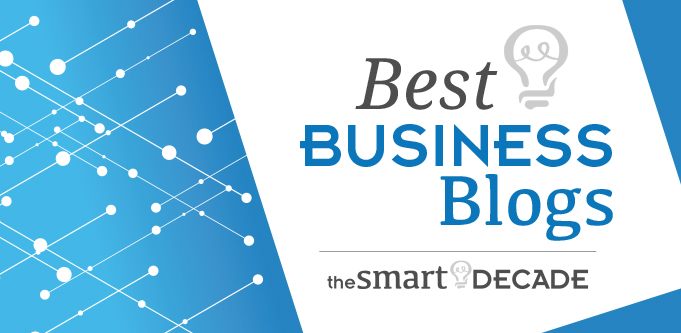Can SEO hurt sales?
I’ve been spending a fair bit of time this week building dashboards for our eCommerce clients. They are so much more effective than having to dig through Google Analytics data as you can have the essential elements you want to focus on front and centre. I don’t bother with SEO and rankings as that’s not what our clients are chasing.
- The power of client dashboards.
- Why I don’t include SEO factors.
- Why they help you make smart decisions.
- Always focus on the customer.
Transcript
Hey, welcome back Rankers. I want to talk to you a little bit this week about looking at the value of an exercise that you might do on your website, specifically for e-commerce clients. Like I’m in the process at the moment of setting up new dashboards for our e-commerce clients and just trying to work out, now we know what the insights that we’re looking at to achieve our goals, which are essentially revenue sales goals. So we can bring all the different components in that we’re zeroing into on a particular site, in a dashboard to see how they’re performing week on week, device against device, all that sort of stuff. Stuff that you could see in Google Analytics, but you’ve got to go digging. So having a dashboard is great.
E-commerce dashboards
And the sorts of things that we’re looking at are very, very different to what we were doing six, seven years ago. And when we all sort of, you know, we’re doing SEO and ads, and we were doing content writing back then. And these dashboards don’t have, for our e-commerce clients, don’t have anything about rankings in them. Not interested. They’re interested in things like how is site search performing? How are the different channels performing? What’s the busiest time of day on my site? What is the busiest time of day from a different channel? Like Facebook traffic might be busier at a certain time of day for you than others, some fashion industry, some fashion sites, leisure type stuff that will tend to peak on a Friday afternoon.
So every industry can be a little bit different, but unless you know, unless you’re measuring, and unless you’ve got the right insights, you’re not going to be able to make the right decisions. And that’s why we have clients sometimes that will be talking to someone, or they’ve been to a conference, and they’ve seen this plugin, and they go, wow, that plugin, it looks great. And it might be. There’s some great plugins out there for websites and e-commerce sites. Hotjar, for instance, great for heat mapping and those sorts of things. However, when you install that and you’re running it, it adds load time. It adds render time. So you’re kind of impacting the experience by monitoring it. It’s sort of like the double-slit experiment, right?
So there are things that, unless you are measuring and you’re focused on, like, you go back to that dashboard, you go back to those goals, and you install that Hotjar, and you go, is this going to help me hit that goal? Is this going to help me hit that revenue goal? And so things like old SEO techniques are killer for sales, right? We would just never do them on an e-commerce site now, like covering the homepage in heaps of SEO content. I put that up on LinkedIn this week. That struck a few chords.
So what we used to do is we used to, you know, you go to the home page, and it used to have best Melbourne door handle supplier in Melbourne for door handles or something equally horrible. Right? This is way back in the day. And that used to get you ranked number one. But you know, as the other Jim in the office says, “Google’s just the bus,” right? Google’s just the bus that brings people to the store. Don’t make them read a brochure before they come into the store. That’s crazy. Right?
Always focus on UX
So it’s sort of these techniques are tantamount to like making people read a brochure so you can get a bit of free listing in the Yellow Pages. You don’t need to do it. Right? So your organic stuff, as we’ve said before, it’s about being a great user experience, great experience for the user, great brand, and all those sorts of things. All the other stuff, don’t worry about it, because if you’re doing those two things, all the Google updates, as we’ve shown over the years, don’t tend to hurt you.
So I’d focus on the customer, get some goals in place. What is the value of that thing that you want to do? Like, for instance, this week, I was looking at one client, and Google Pixel 2 phone on their site is converting at about 1%. Now the rest of the site’s converting about 10%. So you go, well, hang on. That’s a really low e-commerce conversion rate for a single device. So is it worth fixing? Turns out, yes, it’s worth about $3,500 a month. So we’re going to fix that. But if it was going to take a long time to fix, and it wasn’t worth that much, we probably wouldn’t do it.
Even if it was to help Google with something, and there are many SEO tasks like that, that will fall into that category, but, for an e-commerce, it’s not as important as focusing on the customer, understanding what converts. You know, what’s the first thing that Amazon prompts you to do when you go to the Amazon store? Have a think about that. What are you doing? Have you mystery shopped your site? Because that’s better than any heat mapping software. Getting a couple of different people to do a mystery shop on your site that haven’t used it before on a mobile device. See what comes back.
Hopefully, that’s helpful. And I will see you next week, or maybe not. Bye.

Jim’s been here for a while, you know who he is.


